Menu
The sight of trees adorned with vibrant shades of red, orange, and yellow during fall is a natural spectacle that always captivates. However, when those same trees display yellow leaves in the summer, it may be time to call a trusted tree care company like Driscoll Tree Service. Yellow leaves in the wrong season often show that your trees are amiss. Let’s look at the causes of leaf discoloration during the summer months and what it means for the health of your trees.
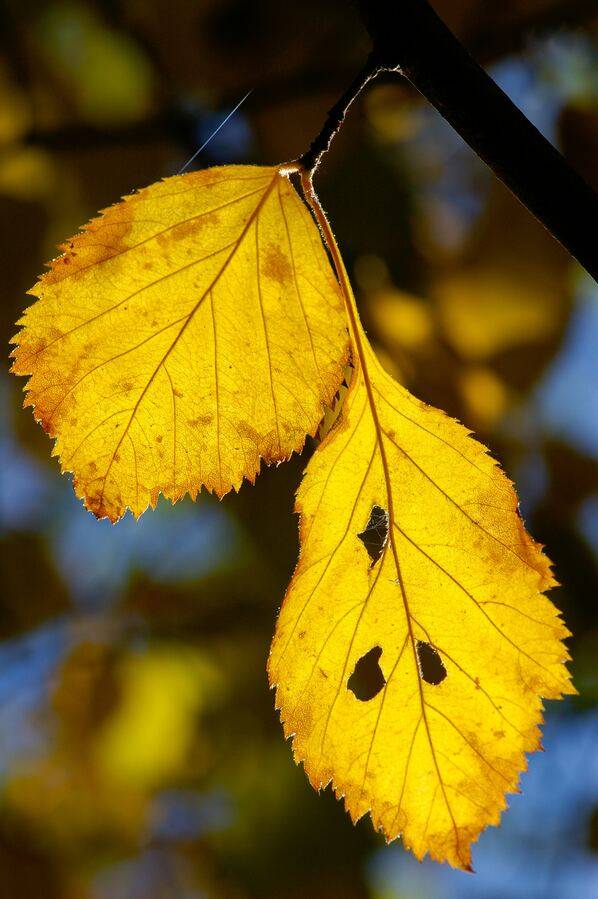
One of the most common reasons for yellow leaves in the summer is a nutrient deficiency, particularly a lack of nitrogen. Nitrogen is an essential plant nutrient, playing a crucial role in photosynthesis. When a tree lacks sufficient nitrogen, its leaves may turn yellow as they struggle to produce chlorophyll, the green pigment responsible for photosynthesis. If you notice yellowing in the summer, schedule an inspection with a professional tree service.

Another potential culprit behind summer leaf yellowing is water stress. Trees require an adequate and consistent supply of water to thrive. Insufficient watering or extended periods of drought can lead to the development of yellow leaves. When a tree doesn’t receive enough water, it becomes stressed, and its leaves may lose their green hue. In extreme cases, water stress can cause severe deterioration and premature tree removal emergencies.
Soil pH plays a vital role in a tree’s nutrient uptake. If the soil pH is too high or too low, it can interfere with the tree’s ability to absorb essential nutrients. Yellowing leaves can show a pH imbalance in the soil, affecting the tree’s overall health. Routine checks by professional arborists can mitigate such scenarios, ensuring a healthy and durable tree.
Yellow leaves can also be a sign of pest infestations or diseases. Insects like aphids or spider mites can damage a tree’s leaves, causing them to turn yellow. In addition, various conditions, such as fungal infections, can manifest as leaf discoloration. Identifying and addressing these issues promptly is crucial to prevent further damage and costly tree removal services.
Extreme environmental factors can stress trees and lead to leaf yellowing. High temperatures, excessive sun exposure, and air pollution can all weaken a tree’s leaves, causing them to lose their green color. Proper tree care, including shading and pollution mitigation, can help mitigate these stressors.
Certified arborists should address yellow leaves on your trees during the summer. Whether it’s a nutrient deficiency, water stress, soil pH imbalance, pests, diseases, environmental stress, or poor drainage, our tree care company can address the underlying issue, ensuring the well-being of your trees.
If you notice yellow leaves on your trees, consult a professional tree service to diagnose the problem and implement an appropriate treatment plan. Healthy trees not only enhance the beauty of your landscape, but also contribute to a healthier environment. Call us at the Driscoll Tree Service today for routine tree maintenance at competitive market rates, including proper watering, fertilization, and pest management.
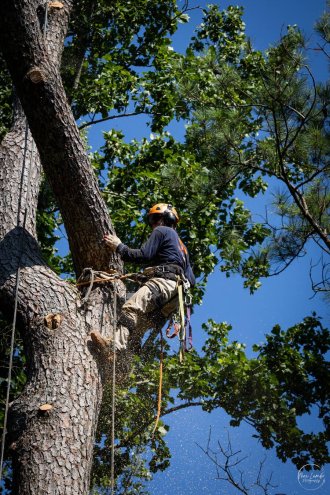
How to Support Tree Limbs Trees are majestic entities that offer many benefits, from shade and air quality to providing a habitat for wildlife. However, mature trees can become heavy or grow with weak attachments, leading to structural issues and…
Read More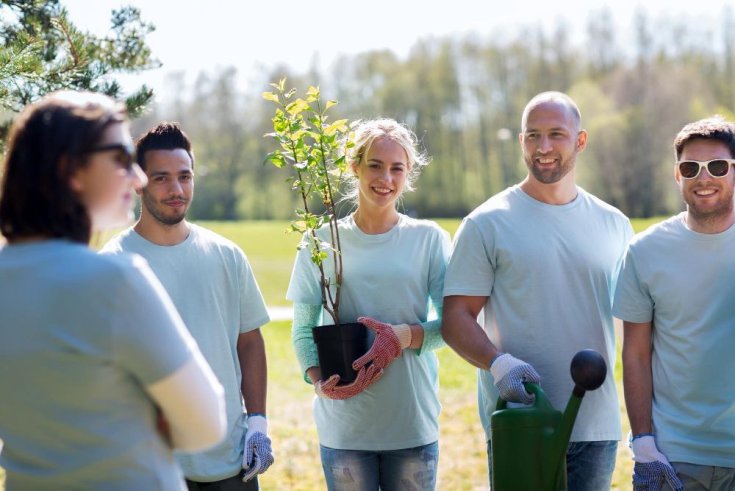
Why Trees Are So Important to Your Community As Arbor Day approaches, it reminds us of the significance of trees in our communities. Besides aesthetic appeal, trees are vital in enhancing the quality of life for humans and wildlife. From…
Read More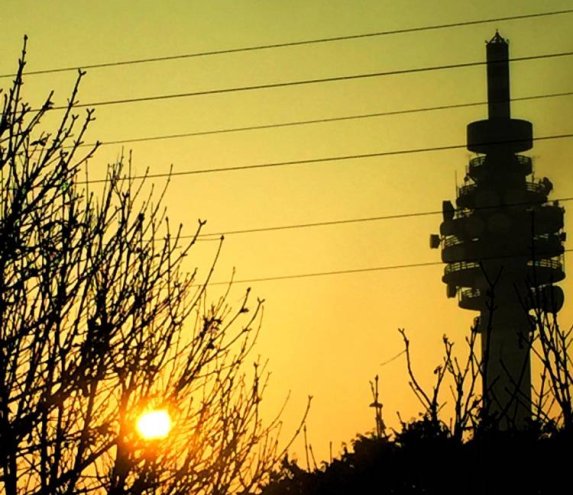
What Should I Do if My Tree Is Touching a Power Line? Trees provide many benefits, from improving air quality and curb appeal to providing a habitat for wildlife. However, trees can grow close to power lines, posing safety risks…
Read More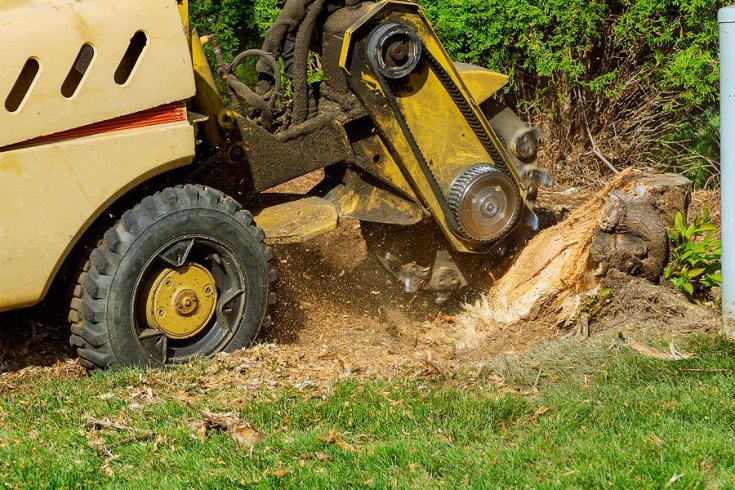
Stump Grinding Vs. Stump Removal If you recently cut down a tree in your backyard, there’s a chance you need to get rid of the eyesore left behind. While ignoring the stump or waiting for the natural decomposition process are…
Read More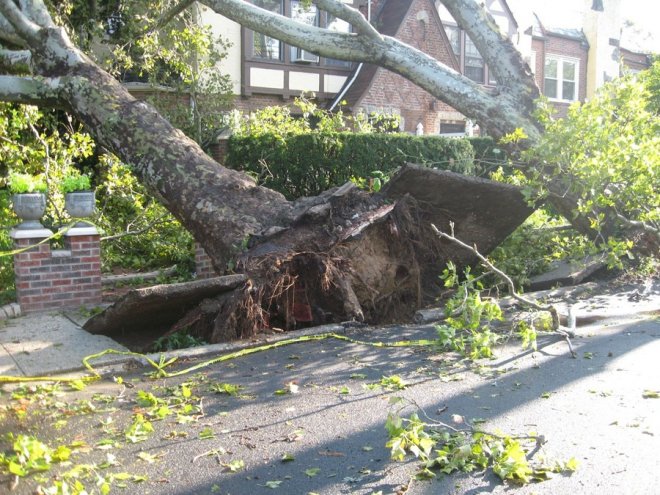
Signs a Tree Might Fall Many property owners appreciate and love their trees but must notice the potential danger some trees present. Research shows that many tree-related accidents could be avoided if people knew the signs and symptoms of a…
Read More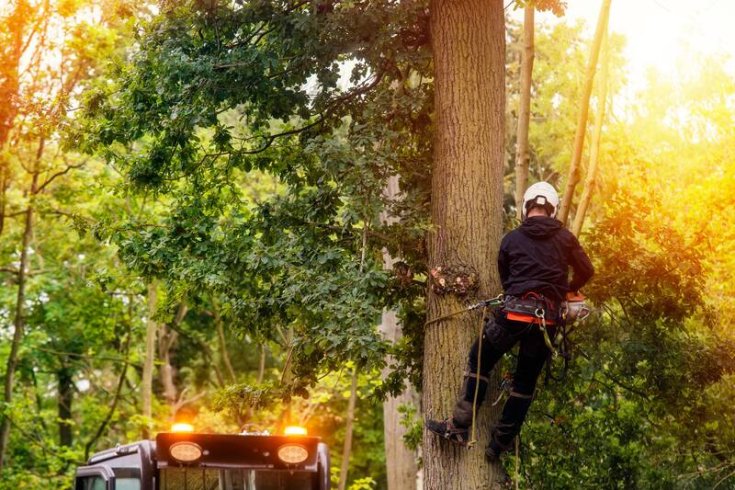
Is it Possible to Minimize Storm Damage to Trees? Trees play a critical role in our environment, providing many benefits like shade, oxygen, and beauty to our landscapes. However, they can also be vulnerable to the destructive forces of nature,…
Read More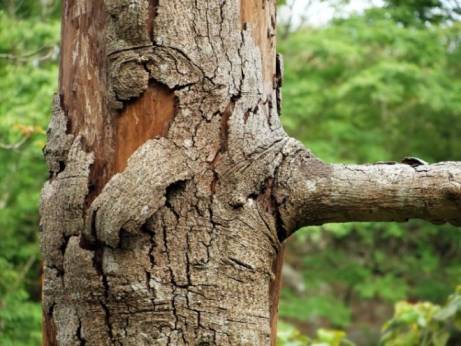
Spotting the Signs of Common Tree Diseases in 2022 Even the healthiest of trees can become damaged due to invasive pests and plant diseases. Such issues need to be tackled very quickly. Otherwise, the affected trees can die, spreading the…
Read More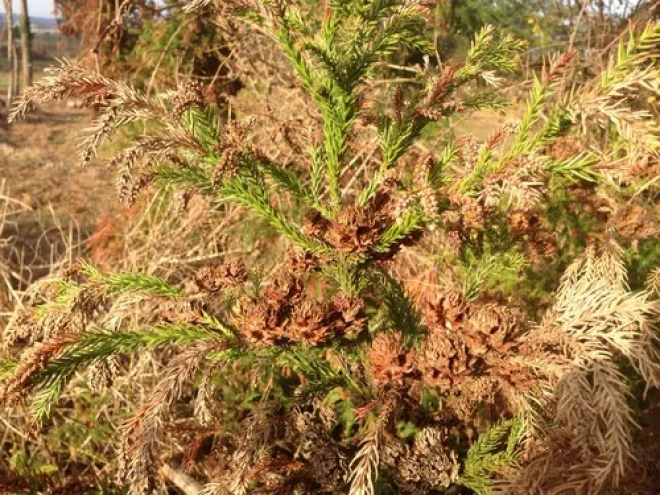
How to Fix Evergreen Trees Turning Brown Evergreen trees are known for their lush foliage that remains vibrant throughout the year, providing beauty and stability to our landscapes. However, when those green needles or leaves turn brown, it’s often a…
Read More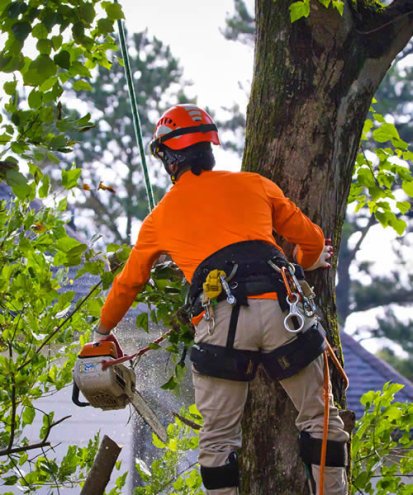
Tree Trimming Safety Tips Tree trimming is a vital aspect of landscaping and garden maintenance that helps keep trees healthy and aesthetically pleasing. However, it can also be hazardous if not done correctly, causing severe damage and premature tree removal.…
Read More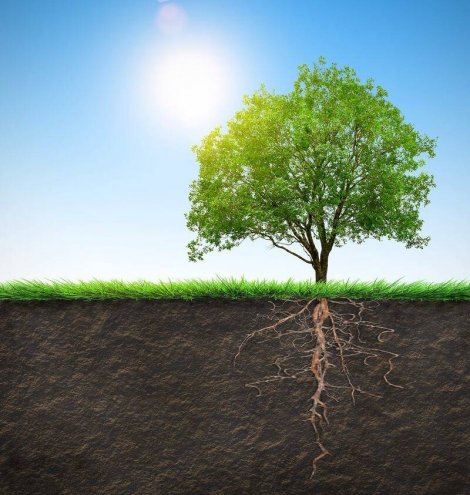
4 Signs of Tree Root Damage Trees are valuable additions to any landscape and offer various environmental benefits. Regular care is critical to maintaining healthy and durable trees, like most living things. If you suspect deterioration in your trees, the best…
Read More